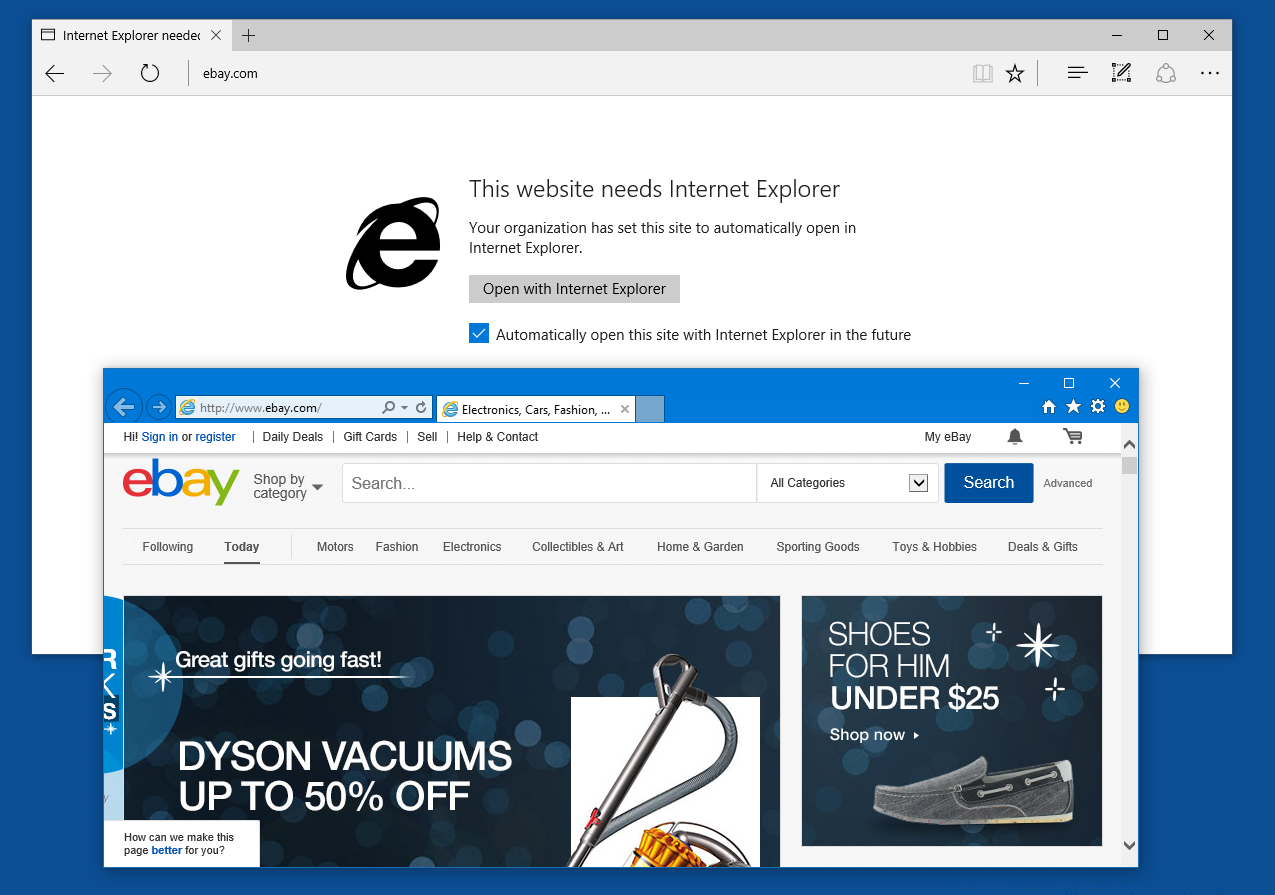
Prior to Extended Stable - and still applicable to all four-week-cycle copies of Edge - Microsoft provided what it called "Assisted Support" for the current version (call it N) and the two previous versions ( N-1 and N-2). (Google has never patched Chrome on a set schedule, unlike, say, Microsoft and Internet Explorer or Mozilla and Firefox.)īut Google, which as the power behind Chromium should be the outfit in the know, said in March that, "security updates on Extended Stable will be released every two weeks to fix important issues, but those updates won't contain new features or all security fixes that the 4 week option will receive ( emphasis added)."īecause of the longer interval between releases for Edge's Extended Stable, Microsoft has also altered its support policy for the browser. Microsoft said last month that "important security patches and fixes will be delivered as needed independent of the selected release option," which implied that security updates for Extended Stable will continue in their current no-schedule-here fashion. Some details about how Microsoft (or Google, for that matter, since Edge and Chrome are connected at the hip) will keep Extended Stable secure are still cloudy. (Organizations can also manually update Edge using Windows Server Update Services, or WSUS.) The eight-week interval is thus opt-in, with the opting requiring use of the as-yet-undocumented TargetChannel group policy on the part of admins, or alternately, Intune from the Microsoft Endpoint Manager. 98 and so on for Edge (and Chrome).īy default, Edge will update automatically every four weeks.

The next Extended Stable releases will then be v. Obviously a sop to enterprise IT admins unhappy at the idea of a sped-up update tempo, Extended Stable releases will occur at every even-numbered version.

Starting with version 94, Chrome and Edge will also offer what's called an "Extended Stable" release that will use an eight-week interval rather than the default four.


 0 kommentar(er)
0 kommentar(er)
